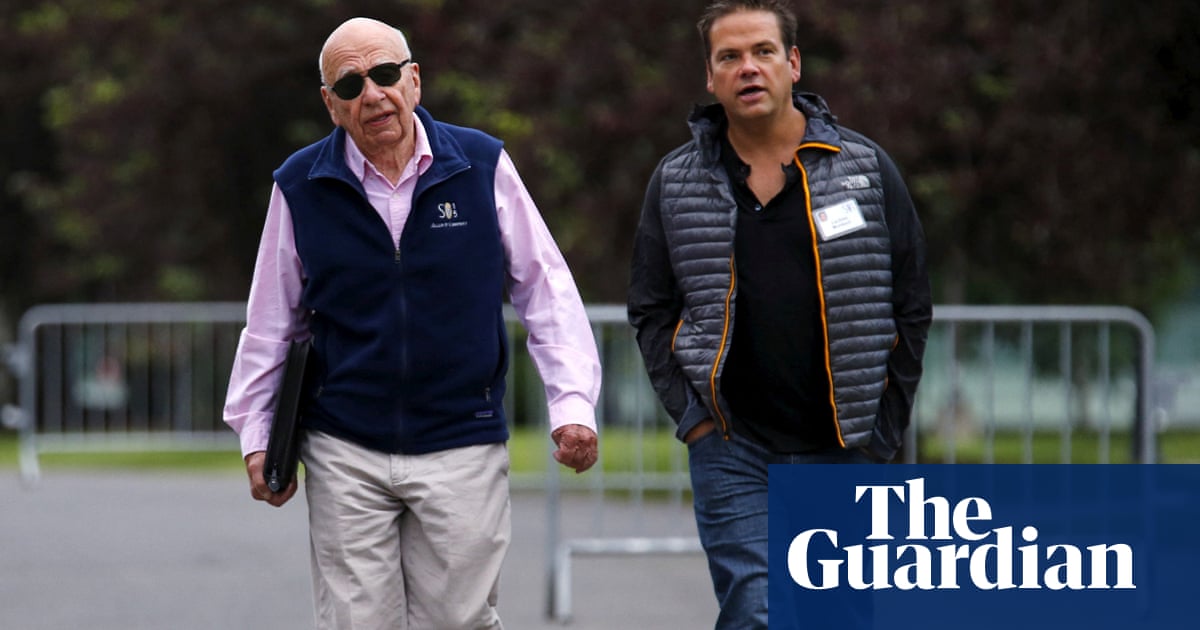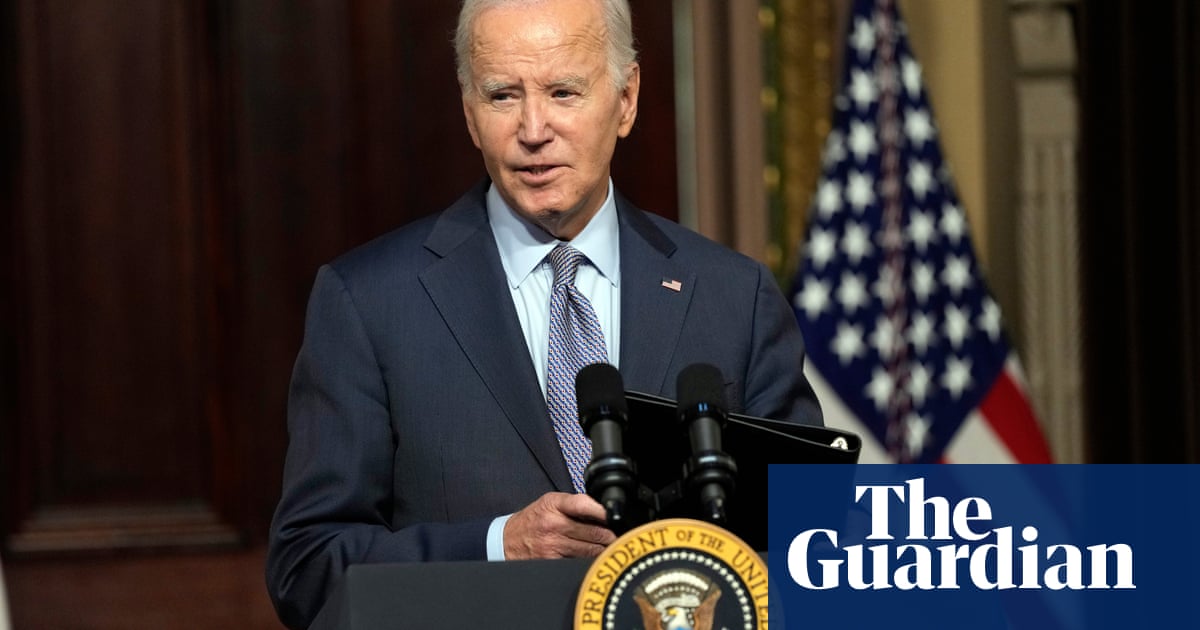
The sector had a slowdown due to COVID-19, but a quick rebound is expected
RIYADH: The Gulf Cooperation Council (GCC) video industry — comprising free TV, pay TV and online video — will generate revenues of $1.6 billion in 2020, a year-on-year decline of 13 percent, according to a new industry report.
The report, titled “GCC Video & Broadband Distribution 2020,” was compiled by independent research company Media Partners Asia (MPA) and focused on the current state of and future outlook for the telecoms, online video and pay TV industries across the six GCC countries: Bahrain, Kuwait, Oman, Qatar, Saudi Arabia and the UAE.
“There are a number of factors driving the contraction in 2020 for the video industry, COVID-19 being a key one. However, well before the pandemic the signs of contraction were being felt in the ‘traditional’ video sector,” MPA Vice President Aravind Venugopal told Arab News.
“The FTA (free to air) TV sector and the pay TV sector have been in … decline for several years now as both consumer eyeball and spends, and advertising spends, move online,” he said.
“For consumers, prior to the introduction of SVOD (subscription video on demand) services, pay TV remained the only option for a subscription-based service with access to premium sports, Hollywood content and selected global language-specific content. With VOD the tables have turned, and consumers today have a number of services at their fingertips.”
Despite the negative short-term outlook, there are some positive highlights. The investment made by local SVOD players into creating premium Arabic-language content is impressive, and has helped drive a non-English base into the subscription model for the first time, and away from pay TV and FTA, Venugopal said.
Additionally, one cannot discount the role of broadband — the GCC region has seen stellar improvements in fixed and mobile broadband connectivity in recent years, helping drive growth in online video.
That growth will continue, especially in markets such as Saudi Arabia, where fixed broadband penetration is lower than its regional peers — providing much upside in the long term, Venugopal said.
“We estimate that the TV sector (comprising pay TV subscription, pay TV advertising and FTA advertising) contracted 30 percent in 2020 (versus 2019). However, this was … partially offset by a 26 percent growth in online video (subscription and advertising),” he added.
“What’s key to note here is that the online advertising sector is very much dominated by global majors (YouTube, Facebook, Twitter), which accounted for the bulk of the advertising spend, leaving little for domestic / regional players,” he said.
“For regional TV players such as MBC, Rotana, Abu Dhabi Media and others, that drop in traditional incomes hasn’t been offset by digital services just yet, though some are well underway in that journey to reposition themselves.”
One of the biggest impacts on the industry has been the coronavirus pandemic, which has resulted in a contraction in advertising revenues for the FTA sector of as much as 45 percent compared to 2019.
“I recall when I was in the region in late February / early March and had conversations with folks in the advertising space, the fear of COVID-19 reaching the region appeared … limited and mild. But within a few weeks, things changed drastically,” Venugopal said.
“Advertisers globally have cut budgets in a bid to conserve their cash balances. Separately, new products, product launches etc. have all been put on hold, which impacted advertising spend. A number of players have also reallocated budgets to digital, and in particular affiliate marketing (using e-commerce platforms), all of which has impacted TV.”
For the pay TV industry, the issue has been an increase in customer cancelations or reductions in the size of their subscription package as their income and employment come under pressure.
Looking toward a rebound in the industry in 2022, Venugopal is confident. “I believe a rebound is already underway, though a full correction to reach 2019 ad spend levels for both FTA and pay TV is unlikely in the short term, as well as for pay TV subscription revenue,” he said.
Venugopal estimates that TV advertising will grow at a 3 percent per annum compound over the next five years.
He said Saudi Arabia is an important market as it is home to nearly half the region’s subscribers to services such as Netflix and Amazon Prime, and the country will be “a key driver of any advertiser / agency media plan.”











